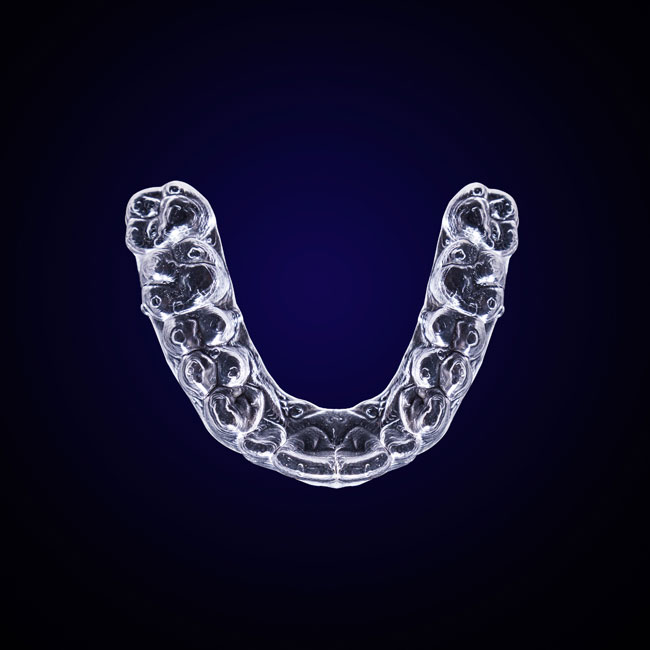Plaque and tartar will wreak havoc on teeth!
From the time we were children, we’ve been told to brush and floss our teeth regularly, and visit your general dentist routinely. We’ve heard about nasty plaque and tartar buildup, but if one does not see the long-lasting effects tartar buildup can do, most don’t take this as seriously as they should. We’re going to introduce you to one of our guests who did just that…you’ll see the effects that 25 years of neglect and buildup had on his teeth. Beware…this is not for the faint of heart (but may have a lasting effect on your teenager)!
 Here’s what 25 years of tartar build-up looks like on your teeth… this was taken before the teeth (lower three) were removed – they were hopeless.
Here’s what 25 years of tartar build-up looks like on your teeth… this was taken before the teeth (lower three) were removed – they were hopeless.
But first, what is this evil substance called tartar, and how does it end up on your teeth? Our oral health is linked to our overall well-being, so it’s important to understand how tartar forms, how to prevent its buildup and how it can be removed.
If plaque is allowed to remain on your teeth, it can harden in as little as 26 hours! The plaque then hardens into tartar. Once it reaches this point, the tartar is far more difficult to remove than plaque because it has, in effect, mineralized on the teeth. Once tartar forms on teeth, brushing and flossing effectively becomes more difficult. In the absence of effective brushing, tooth enamel can be more quickly broken down by acids from bacteria in your mouth. Loss of enamel leads to cavities and tooth decay.
This is the tartar build-up from only one tooth!

If tartar develops above and below the gum line, the effects can be especially serious because the bacteria in the tartar can cause long-term damage to the gums, and even lead to gum disease. If the tartar is still not removed, a more serious form of gum disease, called periodontitis, can develop. Periodontitis can damage the bone and other tissues that hold the teeth in place, which could ultimately lead to tooth loss. Also, there is a direct link between gum disease and heart disease.
Convinced? So how can you prevent the serious effects of tartar on your teeth? In this case, an ounce of prevention is worth, well… you saw what we removed from our guest’s teeth… a pound of tartar buildup!
-
- First, be sure to brush regularly with a soft thorough circular technique.
- Second, choose tartar-control toothpaste. These types of toothpaste can help prevent plaque from forming into tartar. Tartar control is not always recommended – ask your dentist first.
- Floss, floss, floss! Brushing alone, no matter how diligently, cannot remove the plaque between your teeth, which prevents tartar formation in those hard-to-reach places.
- Watch what you eat! The bacteria in your mouth thrive on foods high in sugars and starch. Drinking plenty of water throughout the day may also help minimize the buildup of plaque.
- Don’t smoke. People who smoke or use other tobacco products have been shown to have more tartar on their teeth and gums.
If you already have plaque and tartar buildup on your teeth, don’t be dismayed, but do call us-reach out! Only a dental professional will be able to remove it. In order to prevent buildup, visit your dentist every six months to remove any plaque and tartar that might have formed.
** I just saw a 30 year old man who had not seen the dentist in nine years. His tissue health was perfect and there was no tartar build-up. He said that when he was younger his dentist told him it was more important to floss than brush. He has always brushed too but has flossed nearly every day of his life. I can always tell the difference between a flosser and a non-flosser!








